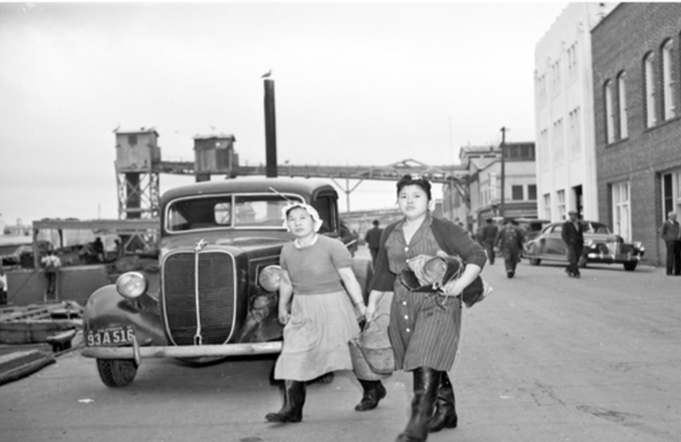From when the village was founded to the start of World War II, Terminal Island was a bustling Japanese fishing village. However, when WWII started, people of Japanese heritage weren’t trusted because Japan had sided with the Nazis. Because most Terminal Islanders were of Japanese heritage, the government was suspicious of them. After the bombing of Pearl Harbor, the FBI arrested all first-generation Japanese leaders on Terminal Island. Soon, all of the Japanese owned businesses were shut down. Raids were frequent as the soldiers destroyed things in residents’ homes, claiming that they were checking for bombs. On February 19th, Executive Order 9066 was signed by President Roosevelt, declaring that all Japanese-Americans would have to leave the island within 30 days. But then, the military thought they saw an “enemy aircraft” over Los Angeles, thinking they were under attack, they fired off 1,433 rounds at nothing. Even though there was no plane, the 30 day eviction was abruptly moved up to 48 hours. The Terminal Islanders said their goodbyes and left for internment camps. Although the Japanese inhabitants of Terminal Island were ripped away from their homes, the Terminal Islanders make efforts to be remembered. A statue was placed on Terminal Island, but it was placed somewhere rarely seen.
|
Terminal Islanders leaving for the internment camps and saying goodbye to their town.
|
Executive order demanding anyone of Japanese descent to evacuate to internment camps.
|



